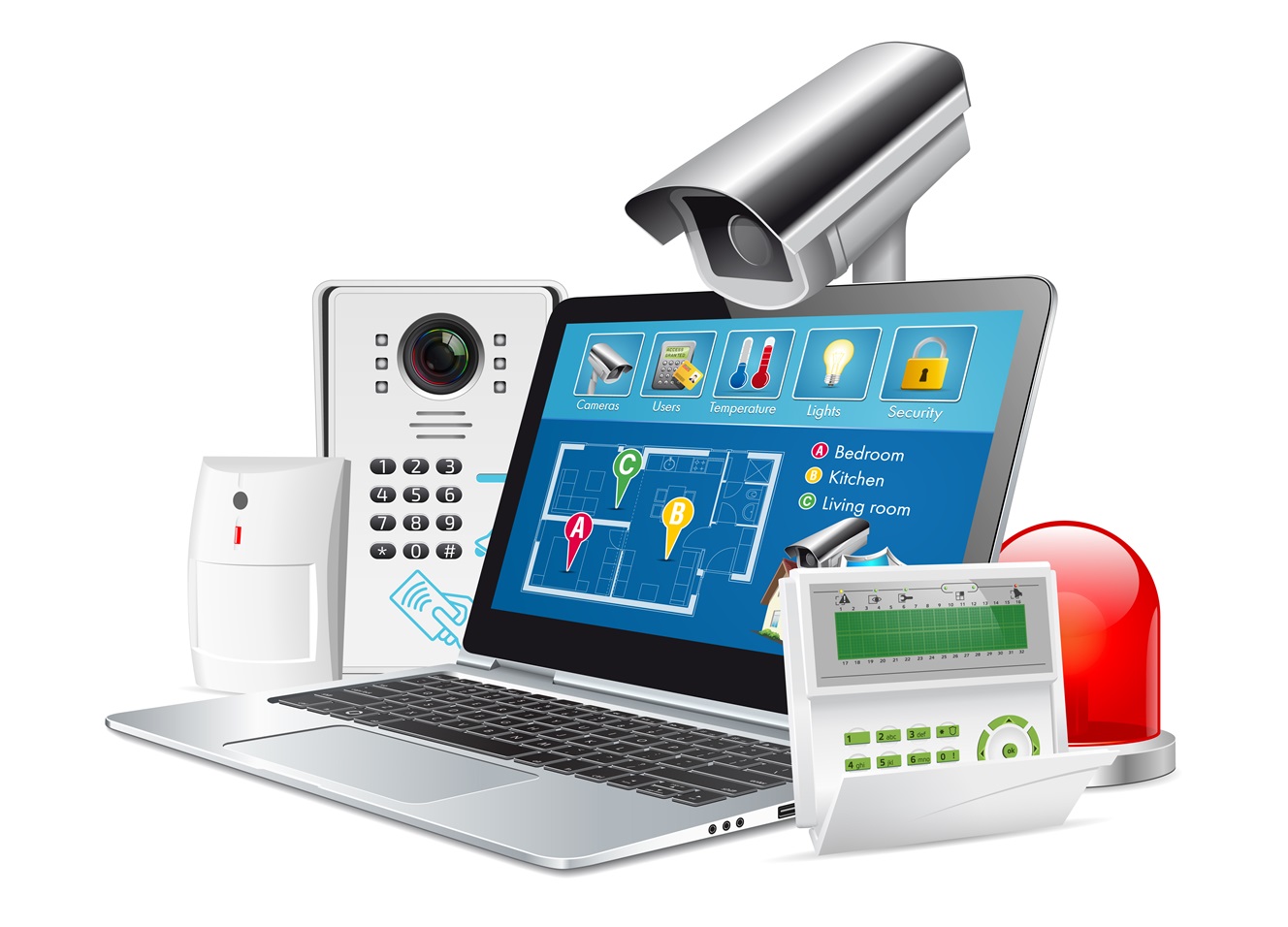We all have gone into a high security building and saw those large cameras pointing down at us. In those same buildings, we’ve seen doors that were opened with the whisk of a little white card. But now, the convergence of computer networks and this physical security is at hand.
Until somewhat recently, such systems were not part of the computer network infrastructure. Instead, they were proprietary systems which used their own cabling system. There was no interoperability between them and no way to electronically send or remotely access the contents. Then about 10 years ago, we started to see video recorders – the units that collect all the video content – become accessible over your computer network. Shortly thereafter, the cameras started being attached directly to the computer network. Suddenly, your video surveillance system was an integral part of your computer network.
This was not that different than when phone systems went from analog, to digital, to IP based. In fact, the transition was similar in many ways.
One common element was that these physical security vendors, while experts in their respective fields, were not IT or cyber security professionals. Many early and current implementations required what are known as pin-holes through the firewall. If such systems are not routinely upgraded – both by the manufacturer and the system owner – it is leaving a door wide open for cyber criminals to make their way into your network to take your data or ransomware your computers. But luckily, more modern versions of these systems don’t require these pin-holes, and instead use reverse proxying, making the systems much more secure.
Seeing what happened with phone and then video systems, it’s fairly easy to see where the other components of physical security are going. They will transition from closed proprietary systems, to computer network accessible, to computer network native.
This makes complete sense. Computer networks are well developed to move data quickly and efficiently, and at very low costs, and such systems are much easier and flexible to access. Vendors can take advantage of these economies of scale to deliver cheaper units with more features and better performance. Those that don’t will be left behind.
Very predictably, we are just starting to see that process begin in access control systems. Some have already embraced computer networks. Fire and burglar alarm systems will follow. When it does, these will become highly integrated systems that will interact with each other to leverage the strength of each component.
At SpotLink, we are not a computer network or cyber security company, but a technology firm, always looking for ways to use technology to improve the lives of business owners and workers. As such, SpotLink is now also offering and supporting physical security systems that integrate with your computer networks to simplify your life and improve your security. For more information, checkout the link below:
Robert Hood
CEO & Founder
SpotLink

